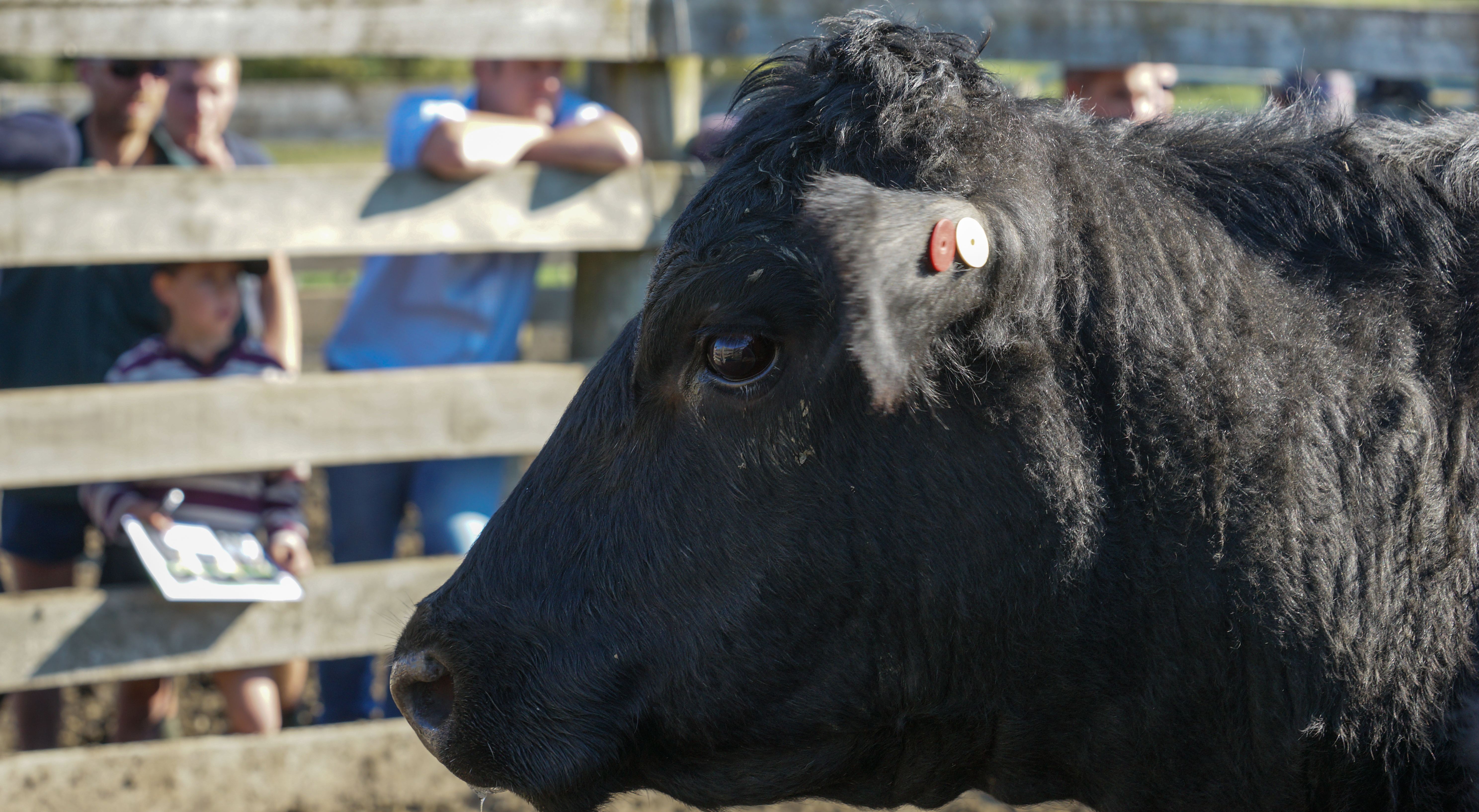How to find the best bull for your operation
Tuesday 1st May 2018

The decision you make about which bull to buy this season will still affect your business in four cow generations’ time – that’s 15 years from today. So taking the time to research your bull purchase now yields an exceptional return.
Here are B+LNZ Genetics’ five steps to find the best bull for your operation.
1) What do you want to achieve on your farm?
Where are you right now in your cattle performance and where do you want to be? Use these questions to create your breeding objective or genetic plan. For instance, you might be happy with your 95% scanning, but keen to see heavier weaners.
2) How do you choose a breeder?
Once you’ve set clear objectives for your herd, identify a bull breeder with similar objectives. Ask the breeder for genetic trend graphs. The graphs should show a positive upward trend for the traits that impact on your goals. If not, look for another breeder.
3) How do you choose a bull?
First up, you need to identify which “traits” are most important to you. If you want heavier calves for the weaner sale, then you’ll need to look at a bull’s “200 Day Weight” trait.
Traits are presented as Estimated Breeding Values (EBVs) and are in units relevant to the trait (e.g. 200 Day Weight is in kilograms, while Gestation Length is in days). They tell you how well a bull’s calves will perform.
Compare “your bull” to the average of his breed. This will give you a feel for how he rates for that trait. Even easier is the EBV graph. Basically, you want a bull to have bars toward the righthand side of the graph.
Most simple to use is a bull’s $ Index. Indexes identify overall profitability and weigh up the balance of genetic merit across all the traits for a particular production system. It’s a single figure and presented as a dollar value.
However, if you are focused on making progress in a particular trait, it’s worth taking the time to dig down into the EBV level of detail.
4) Check your bull for soundness
No matter how good a bull’s Index and EBVs are, if he can’t serve a cow then he can’t pass on his genetics. The Beef Class Structural Assessment system is a good objective way to make your assessment.
5) Welcome your bull home
Take the time to settle your bull into his new home and book him in with the vet for an annual pre-mating Bull Breeding Soundness Evaluation.
Want to know more?
Download the full brochure “Five steps to finding the best bull for your operation”.
 Previous
Previous


